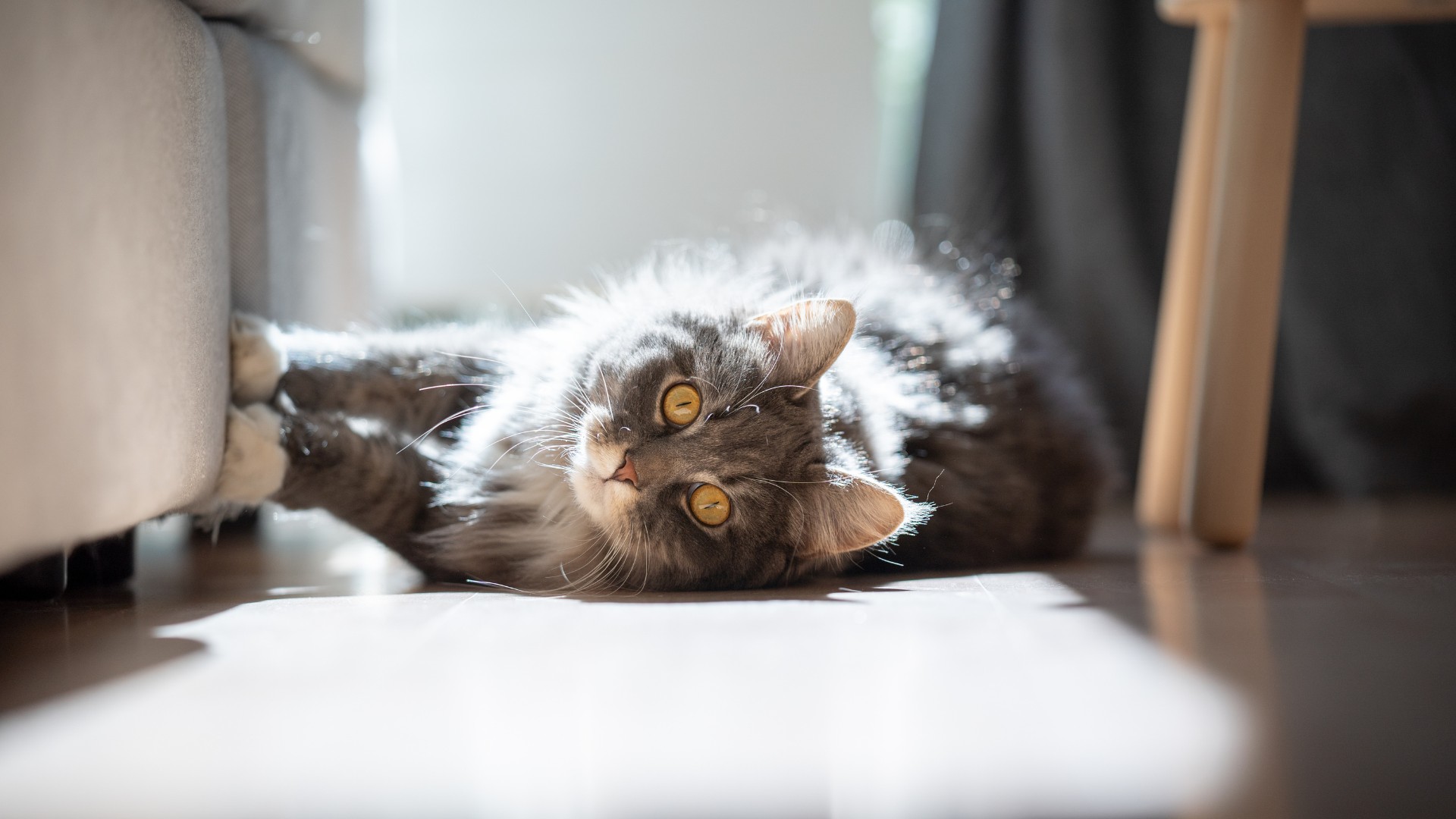

Articles
Why Do Cats Scratch On Furniture
Modified: January 20, 2024
Discover why cats have a natural urge to scratch on furniture and learn how to redirect their behavior with effective strategies and durable scratching alternatives. Find the solutions you need to keep your furniture safe.
(Many of the links in this article redirect to a specific reviewed product. Your purchase of these products through affiliate links helps to generate commission for Storables.com, at no extra cost. Learn more)
Introduction
Anyone who has ever owned a cat knows that they have a natural instinct to scratch on furniture. Whether it’s the brand new couch or the luxurious carpet, cats seem to have an undeniable attraction to our beloved pieces of furniture. But why do they do it?
Understanding why cats scratch on furniture is important for several reasons. Firstly, it helps us to have a better understanding of our feline companions and their behaviors. Secondly, it allows us to find appropriate solutions to prevent and redirect their scratching behavior, saving our furniture from becoming their scratching post. Lastly, by providing them with suitable alternatives, we can ensure their physical and psychological well-being.
Before we dive into the reasons behind this seemingly destructive behavior, it’s crucial to understand the natural instincts and behaviors of our feline friends.
Subtitle: Natural Instincts and Behaviors of Cats
Cats are natural predators and their instincts drive them to engage in certain behaviors. Scratching is one such behavior that is deeply ingrained in their nature. Cats scratch for a variety of reasons, including marking their territory, stretching their muscles, and maintaining their claws.
Scratching is a means for cats to mark their territory both visually and through scent. The act of scratching leaves visual marks on surfaces, signaling to other cats that this area is claimed. In addition, cats have scent glands on their paws, leaving behind a scent that further reinforces their territorial ownership.
Subtitle: Why Cats Scratch on Furniture
Now that we understand the natural instincts behind scratching, let’s explore why cats seem to have a preference for furniture. There are a few reasons for this behavior:
- Texture: Furniture often provides the perfect texture for cats to dig their claws into. The fabric or upholstery on furniture can be a satisfying surface for them to scratch and leave their mark.
- Height and Stability: Furniture pieces are usually taller and more stable than other scratching options, such as scratching posts. Cats enjoy stretching and reaching high places, making furniture an attractive option for their scratching needs.
- Scent Transfer: By scratching on furniture, cats are able to transfer their scent onto the surface, marking it as their territory and creating a sense of familiarity and comfort.
Key Takeaways:
- Understanding why cats scratch on furniture is crucial for preventing damage, ensuring their well-being, and strengthening the bond between cats and their owners. Redirecting their behavior to suitable alternatives is key.
- Providing appropriate scratching surfaces, positive reinforcement, and environmental enrichment are essential for preventing cats from scratching furniture. Patience, consistency, and understanding are key in creating a harmonious living environment for both cats and humans.
Read more: Why Do Cats Scratch On Mirrors
Importance of Understanding Why Cats Scratch
To effectively address and manage a cat’s scratching behavior, it is crucial to understand why they engage in this behavior in the first place. By gaining insight into their motivations, we can provide appropriate alternatives and prevent any damage to our furniture. Here are a few reasons why understanding why cats scratch is so important:
1. Preventing Furniture Damage: Cats have sharp claws that can easily damage upholstery, carpets, and other household items. By understanding why they scratch, we can redirect their behavior to more suitable options, saving our furniture from unnecessary destruction.
2. Ensuring the Cat’s Well-being: Scratching is an essential part of a cat’s natural behavior and serves multiple purposes. It helps them maintain their claws, stretch their muscles, and mark their territory. By providing appropriate scratching surfaces, we can ensure that our cats remain physically active and mentally stimulated.
3. Strengthening the Bond: Understanding a cat’s scratching behavior allows us to better meet their needs and provide them with suitable alternatives. When cats have access to appropriate scratching surfaces, they are less likely to feel frustrated or bored, creating a more harmonious relationship between the cat and their owner.
4. Improving Behavioral Issues: In some cases, destructive scratching can be a sign of underlying behavioral issues, such as stress or anxiety. By understanding the reasons behind the behavior, we can address these issues and provide the necessary support and enrichment for our cats.
5. Enhancing Environmental Enrichment: Cats thrive in enriched environments that cater to their natural instincts and behaviors. By understanding why they scratch, we can provide them with a variety of appropriate scratching surfaces, toys, and other forms of environmental enrichment that promote physical and mental stimulation.
To sum up, understanding why cats scratch is essential for creating a harmonious and enriching environment for both the cat and their owner. By redirecting their scratching behavior to appropriate surfaces and providing them with mental and physical stimulation, we can effectively manage their natural instincts while preserving our beloved furniture.
Natural Instincts and Behaviors of Cats
Cats are fascinating creatures with a unique set of natural instincts and behaviors. Understanding these instincts is crucial in providing them with a fulfilling and enriching environment. Here are some key behaviors that are inherent in cats:
1. Scratching: Scratching is one of the most prevalent and instinctual behaviors of cats. It serves several purposes, including sharpening their claws, stretching their muscles, and marking their territory. Scratching is also a way for cats to remove the dead outer layer of their claws, revealing sharp new claws underneath.
2. Marking Territory: Cats are territorial animals, and marking their territory is a vital part of their natural behavior. They have scent glands on their paws, and when they scratch, they leave behind scent markers, signaling to other cats that the area is claimed. This territorial marking behavior is essential for establishing boundaries and communicating with other felines.
3. Hunting and Preying: Cats are born hunters, and even domesticated cats retain their natural instincts to stalk and capture prey. They have highly developed senses, including sharp eyesight, acute hearing, and an excellent sense of smell, which enable them to track and catch their prey effectively.
4. Playfulness: Cats are known for their playful nature. Play is not just a form of entertainment for cats, but it also serves as exercise and mental stimulation. Whether it’s chasing a toy mouse or pouncing on a feather wand, playing helps cats fulfill their natural hunting instincts.
5. Grooming: Cats are meticulous groomers and spend a significant portion of their time cleaning their fur. Grooming not only keeps their coat clean but also helps distribute natural oils throughout their fur, keeping it healthy and shiny. Moreover, grooming is a means for cats to bond with each other and establish social hierarchy.
6. Solitary Nature: While cats can be social animals, they are also independent and have a somewhat solitary nature. Unlike dogs, who are pack animals, cats are more inclined to have a territory of their own. They often prefer to have their own space and may exhibit behaviors such as hiding or seeking solitude when they need some alone time.
By recognizing and understanding these natural instincts and behaviors, we can create an environment that caters to a cat’s needs and allows them to express their natural behaviors in a healthy and safe way. Providing proper outlets for scratching, play, and hunting, as well as maintaining their grooming needs, will contribute to a content and fulfilled feline companion.
Why Cats Scratch on Furniture
Cats have an innate need to scratch, and unfortunately, our furniture often falls victim to their sharp claws. Understanding why cats have a preference for furniture can help us address this behavior and provide them with suitable alternatives. Here are some reasons why cats scratch on furniture:
- 1. Texture: Furniture often provides a satisfying texture for cats to dig their claws into. The fabric or upholstery on furniture can give cats a sense of resistance and allow them to stretch their muscles comfortably during the scratching motion.
- 2. Height and Stability: Furniture pieces tend to be taller and more stable than typical scratching posts or boards. Cats enjoy stretching their bodies and reaching high places, so furniture offers them the perfect opportunity to do so.
- 3. Scent Marking: Cats have scent glands in their paws, and when they scratch, they leave behind their scent. By scratching on furniture, cats are marking their territory and leaving their unique scent for other cats to detect. This territorial marking behavior helps them feel secure and establishes their presence in the environment.
- 4. Stress Relief: Scratching can serve as a stress relief mechanism for cats. It allows them to release pent-up energy and frustration, especially during times of anxiety or changes in their environment. The physical act of scratching stimulates their muscles and provides an outlet for their emotions.
- 5. Attention Seeking: Cats may also engage in scratching behavior as a way to get attention from their owners. If they feel ignored or want interaction, they may resort to scratching furniture to draw attention to themselves.
- 6. Imitating Prey Behavior: Scratching is a natural behavior for cats that mimics their instinctual hunting actions. When cats scratch, it simulates the motion of catching prey, stretching their forelimbs, and sinking their claws into their target.
It’s important to note that cats don’t scratch furniture out of spite or to intentionally damage it. Instead, they are following their natural instincts and seeking outlets for their needs. Recognizing these reasons can help us redirect their scratching behavior to more appropriate surfaces and prevent further damage to our precious furniture.
By providing cats with suitable scratching posts, boards, or mats made of materials they find appealing, such as sisal or cardboard, we can offer them a designated area for scratching. Regularly trimming their claws, using pheromone sprays, or employing positive reinforcement techniques can also help deter them from furniture scratching.
Remember, providing cats with appropriate scratching alternatives and understanding their needs will go a long way in maintaining harmony in our homes and ensuring our furniture remains unscathed.
Provide your cat with a scratching post or pad to redirect their natural scratching behavior away from furniture. Encourage them to use it by placing it near their favorite scratching spots.
Need for Territory Marking and Stimulation
Cats are territorial creatures by nature, and their need to mark their territory is a strong instinct. Territory marking serves several purposes for cats, including asserting their presence, establishing boundaries, and communicating with other felines. Additionally, scratching provides vital physical and mental stimulation for our feline companions. Understanding the importance of territory marking and stimulation can help us address their needs effectively. Here’s why cats have a need for territory marking and stimulation:
Territory Marking:
1. Establishing Ownership: By scratching furniture, cats leave visual marks and scent cues through the glandular secretions in their paws. These marks communicate to other cats that the area is claimed and helps them establish ownership over their territory. This behavior is deeply ingrained in their instincts as a means of survival in the wild where they must defend their resources.
2. Comfort and Security: Territory marking provides cats with a sense of familiarity and security in their environment. By marking their territory, cats are surrounded by their own scent, which helps them feel more at ease and confident in their surroundings. This is particularly important for indoor cats who may not have access to larger outdoor territories.
3. Social Signaling: In multi-cat households, scratching can serve as a form of social signaling between cats. By leaving their scent markers, cats can communicate information about their availability for social interaction or indicate their hierarchical status within the group. It helps establish boundaries and reduces the likelihood of conflicts between cats.
Stimulation:
1. Physical Exercise: Scratching is a natural form of exercise for cats. When they engage in scratching, they stretch and flex their muscles, promoting their overall physical health. Regular scratching helps keep their joints limber and their muscles toned. It is an essential part of their daily routine for maintaining good physical condition.
2. Nail Maintenance: Cats’ claws continuously grow, and scratching helps them shed the outer sheath of their claws, keeping them sharp and functional. It prevents their claws from becoming overgrown and uncomfortable, allowing them to carry out their natural behaviors, such as climbing and hunting, effectively.
3. Mental Stimulation: Scratching also provides cats with mental stimulation. It engages their senses, helps alleviate boredom, and provides an outlet for their natural instincts. Through scratching, cats can relieve stress and frustration, which contributes to their overall emotional well-being.
Recognizing and respecting a cat’s need for territory marking and stimulation is essential for their physical and psychological health. Instead of discouraging scratching altogether, it is more effective to redirect their behavior by providing appropriate scratching surfaces and regularly maintaining their nails. By meeting their instinctual needs, we create a harmonious environment for our feline companions and promote their overall well-being.
Read more: Why Do Cats Scratch The Floor
Importance of Providing Appropriate Scratching Surfaces
When it comes to managing a cat’s scratching behavior, one of the most effective approaches is to provide appropriate scratching surfaces. Giving cats suitable options for scratching is crucial for several reasons. Let’s explore the importance of providing these surfaces and how it benefits both the cat and their human companions:
1. Protecting Furniture: By offering cats appropriate scratching surfaces, we can protect our furniture from unnecessary damage. Cats have a natural need to scratch, and if suitable alternatives aren’t provided, they may resort to using upholstery, carpets, or other household items as scratching posts. Providing designated scratching surfaces helps redirect their behavior to more suitable options.
2. Promoting Physical Exercise: Scratching is not just about maintaining a cat’s claws; it also serves as a form of exercise. When cats engage in scratching, they stretch and flex their muscles, stimulating their joints and promoting overall physical health. By providing scratching surfaces, we encourage regular physical activity, which is essential for maintaining a cat’s weight and muscle tone.
3. Preventing Behavior Problems: Inadequate scratching options can lead to behavior problems in cats. Without appropriate surfaces to fulfill their scratching needs, cats may become frustrated, anxious, or bored. This may result in undesirable behaviors like aggression, urine marking, or excessive meowing. Providing suitable scratching surfaces can help prevent these problems and promote a harmonious household.
4. Promoting Emotional Well-being: Scratching is not only a physical activity; it also has significant emotional benefits for cats. Scratching helps cats relieve stress and anxiety, as well as express their natural instincts. It provides mental stimulation and satisfaction, contributing to their overall emotional well-being. By offering appropriate scratching surfaces, we provide an outlet for these behaviors and help keep our cats content and fulfilled.
5. Strengthening the Bond: Providing appropriate scratching surfaces helps build a positive and trusting relationship between cats and their human companions. When cats have access to designated scratching surfaces, they feel understood and satisfied, which strengthens the bond between them and their owners. It promotes a sense of security and comfort, creating a harmonious and enriching environment for both parties.
6. Customizing Preferences: Cats have individual preferences when it comes to scratching surfaces. Some may prefer vertical posts, while others may prefer horizontal or angled surfaces. By offering a variety of suitable options, we can cater to their specific needs and increase the chances of them using the provided scratching surfaces.
By understanding the importance of providing appropriate scratching surfaces, we can effectively manage a cat’s scratching behavior and promote their overall well-being. Investing in quality scratching posts, boards, or mats made of materials such as sisal, cardboard, or wood ensures durability and attractiveness for our feline friends. Remember, providing suitable alternatives is key to preventing furniture damage and fostering a happy and healthy relationship with our feline companions.
Ways to Prevent Cats from Scratching Furniture
Preventing cats from scratching furniture involves a combination of redirecting their behavior, providing suitable alternatives, and implementing behavior modification techniques. With patience and consistency, you can effectively protect your furniture while still meeting your cat’s natural scratching needs. Here are some strategies to help prevent cats from scratching furniture:
1. Provide Appropriate Scratching Surfaces: Make sure to offer a variety of suitable scratching options, such as scratching posts, boards, or mats. Choose surfaces that mimic the texture and stability of furniture, such as sisal or cardboard. Place these scratching surfaces near the furniture your cat has been targeting, encouraging them to redirect their scratching behavior to the appropriate surfaces.
2. Make Furniture Less Appealing: Cover the furniture with materials that cats dislike, such as aluminum foil, double-sided tape, or plastic wrap. Cats often dislike the texture and sound of these materials, which can deter them from scratching the furniture.
3. Use Deterrent Sprays: There are commercially available deterrent sprays that have bitter or unpleasant tastes and smells to cats. Applying these sprays to furniture can discourage cats from scratching on those surfaces. However, it’s important to test the spray on a small, inconspicuous area of the furniture to ensure it does not damage the fabric or upholstery.
4. Trimming Claws Regularly: Keep your cat’s claws trimmed to minimize the damage caused by scratching. Use cat-specific nail clippers or seek professional help from a veterinarian or groomer to ensure proper and safe trimming. Regular nail trims also help prevent ingrown nails and other claw-related health issues.
5. Use Soft Nail Caps: Soft nail caps, like Soft Paws, can be applied to your cat’s claws. These caps are glued to the claws to provide a blunt and smooth surface, reducing the damage caused by scratching. However, it’s important to consult with a veterinarian for proper application and to ensure your cat’s comfort and safety.
6. Positive Reinforcement: Reward your cat when they use the appropriate scratching surfaces. Offer treats, praise, and petting to reinforce the desired behavior. Positive reinforcement helps your cat associate the scratching posts or mats with positive experiences, encouraging them to use those surfaces instead of the furniture.
7. Use Environmental Enrichment: Provide your cat with plenty of environmental enrichment to keep them mentally stimulated and engaged. This includes interactive toys, puzzle feeders, and regular play sessions. A well-stimulated cat is less likely to resort to destructive scratching out of boredom or frustration.
8. Seek Professional Help: If your cat’s scratching behavior is persistent and causing significant damage, consider consulting with a veterinarian or animal behaviorist for further guidance. They can assess your cat’s specific needs and provide tailored solutions to address the issue.
Remember, it’s important to be patient and consistent when implementing these strategies. Redirecting your cat’s scratching behavior takes time and effort. With a combination of suitable scratching surfaces, positive reinforcement, and environmental enrichment, you can prevent cats from scratching furniture and create a harmonious living environment for both you and your feline companion.
Conclusion
Understanding why cats scratch and taking proactive measures to address their scratching behavior is essential for maintaining a harmonious and scratch-free home. Cats have natural instincts to scratch, mark territory, and keep their claws in optimal condition. By providing appropriate scratching surfaces and implementing behavior modification techniques, we can prevent furniture damage and promote our feline friends’ well-being.
By recognizing the importance of territory marking and stimulation, we can meet our cats’ natural needs and ensure their physical and emotional health. Providing suitable scratching surfaces allows cats to exercise, stretch their muscles, mark their territory, and alleviate stress and frustration.
Preventing cats from scratching furniture requires a combination of strategies. Offering a variety of scratching surfaces that mimic the texture and stability of furniture helps redirect their behavior to appropriate options. Making furniture less appealing using deterrent sprays, covering surfaces with materials cats dislike, and regularly trimming claws are additional steps to protect furniture and deter cats from scratching where they shouldn’t.
Positive reinforcement, such as providing rewards and praise when cats use appropriate scratching surfaces, strengthens the bond between humans and felines and encourages the desired behavior. Environmental enrichment, like interactive toys and regular play sessions, keeps cats mentally stimulated and reduces the likelihood of destructive scratching out of boredom or frustration.
Remember, it’s important to be patient, consistent, and understanding with your cat. Punishment or declawing is never an appropriate solution and can lead to anxiety, fear, and even aggression in cats. Instead, focus on providing alternative outlets and creating an enriching environment that meets their natural instincts.
In conclusion, by understanding the reasons behind a cat’s scratching behavior and implementing preventative measures, we can protect our furniture, meet their natural needs, and build a strong and healthy relationship with our feline companions. With patience, consistency, and a loving approach, we can create a scratch-free environment where both cats and humans can thrive together.
Frequently Asked Questions about Why Do Cats Scratch On Furniture
Was this page helpful?
At Storables.com, we guarantee accurate and reliable information. Our content, validated by Expert Board Contributors, is crafted following stringent Editorial Policies. We're committed to providing you with well-researched, expert-backed insights for all your informational needs.
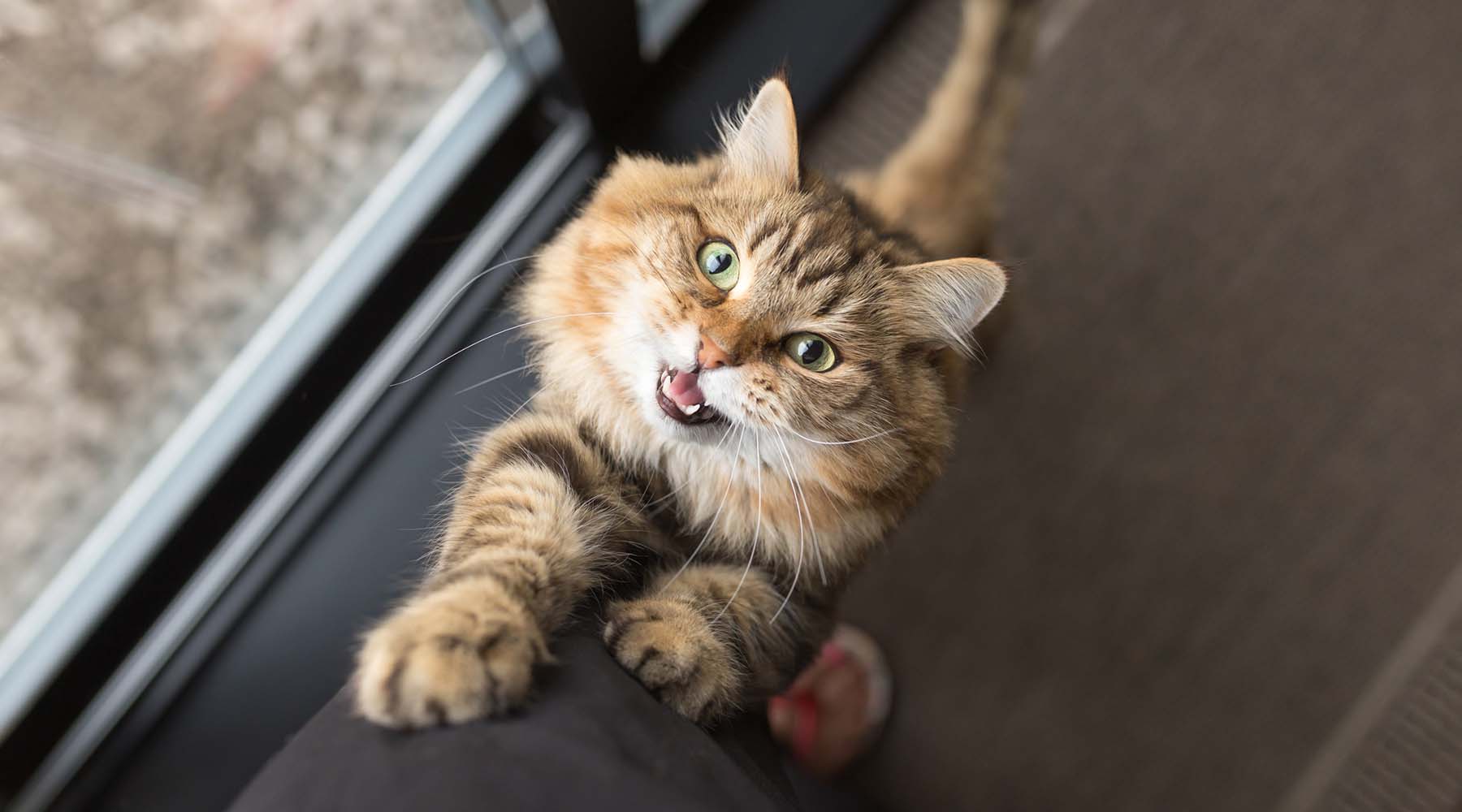
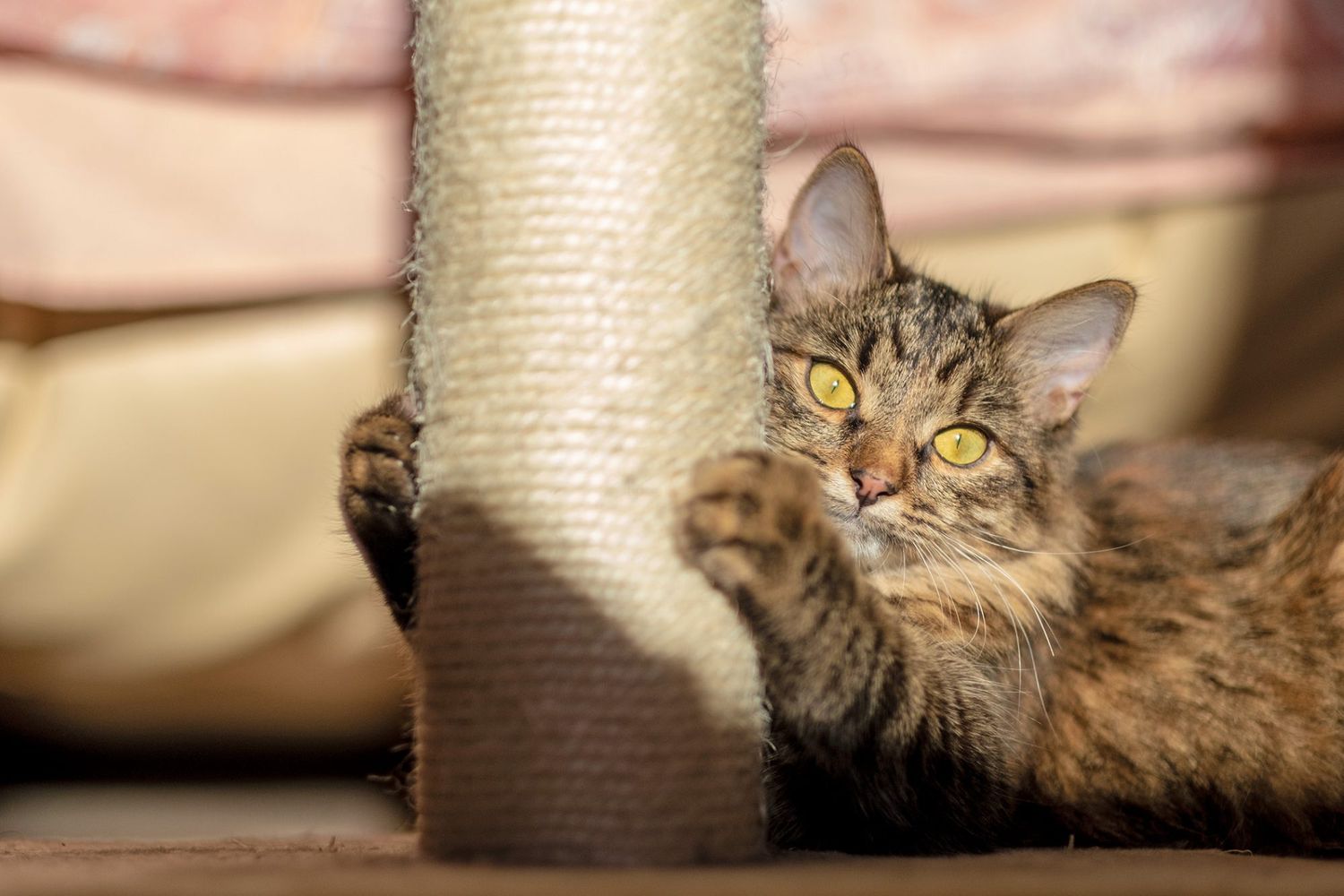
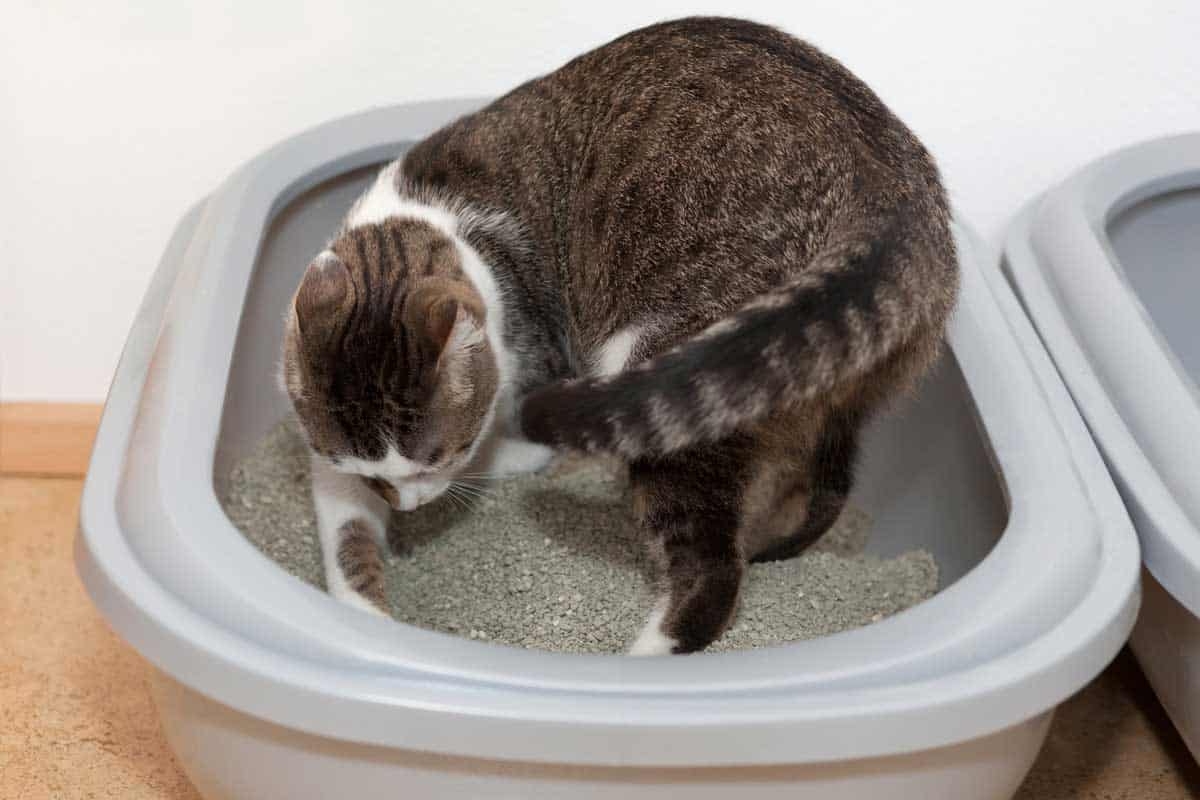
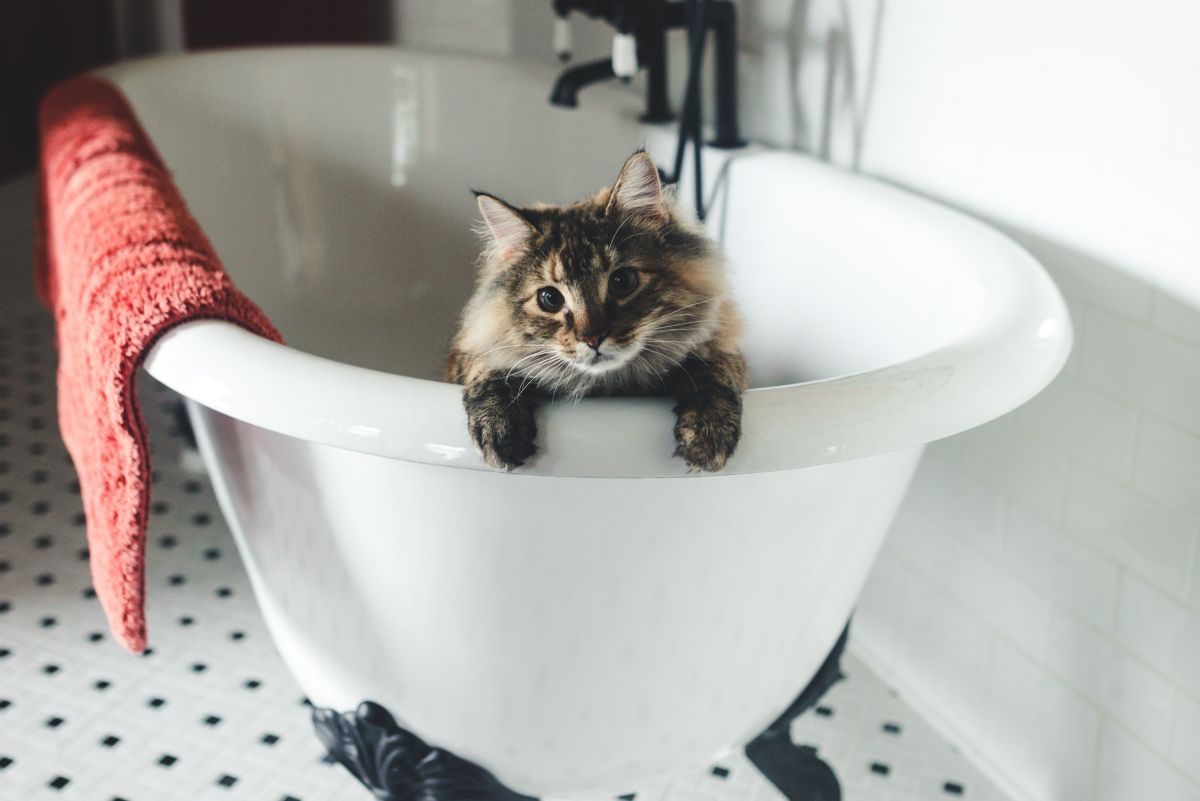
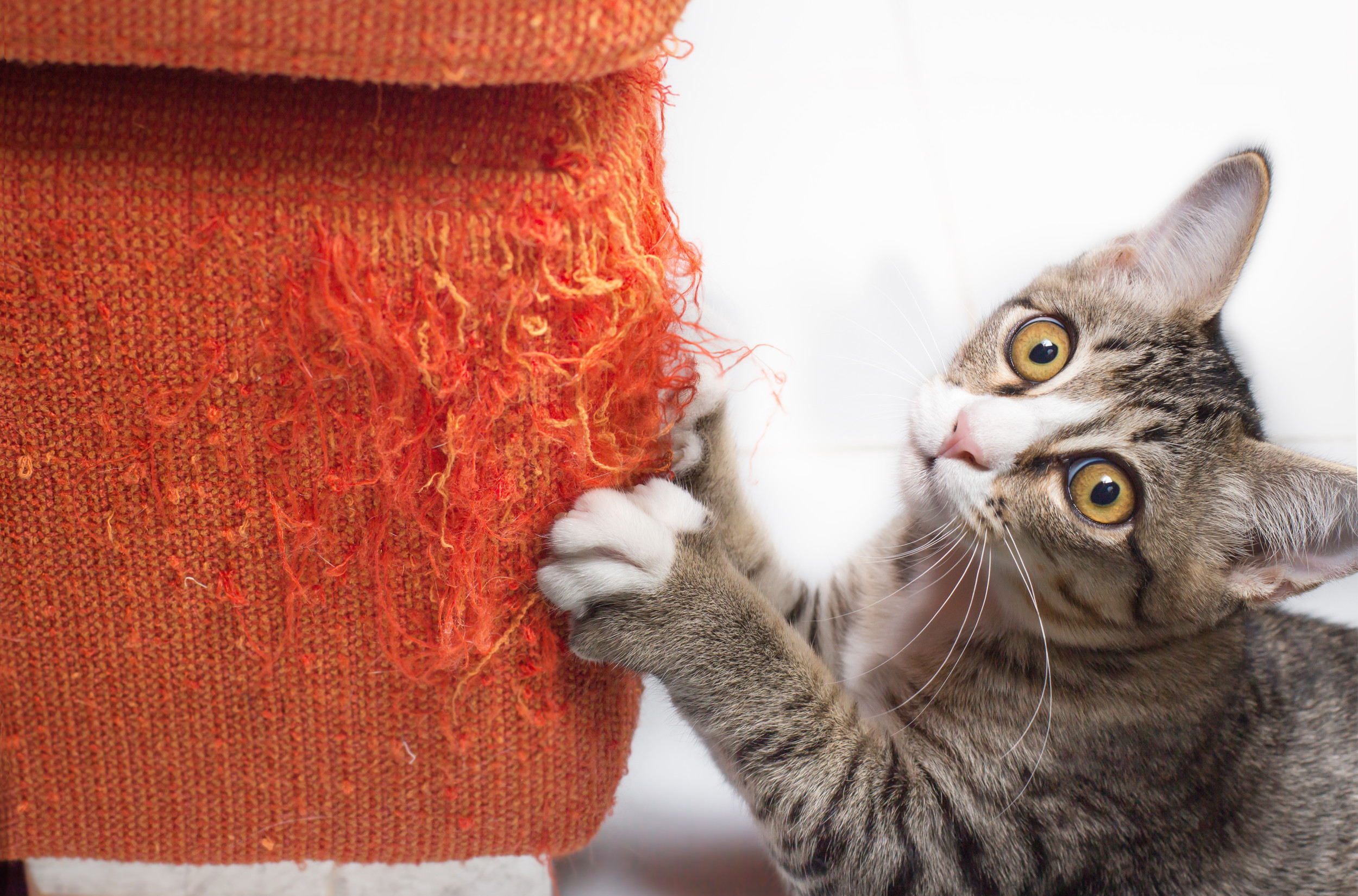
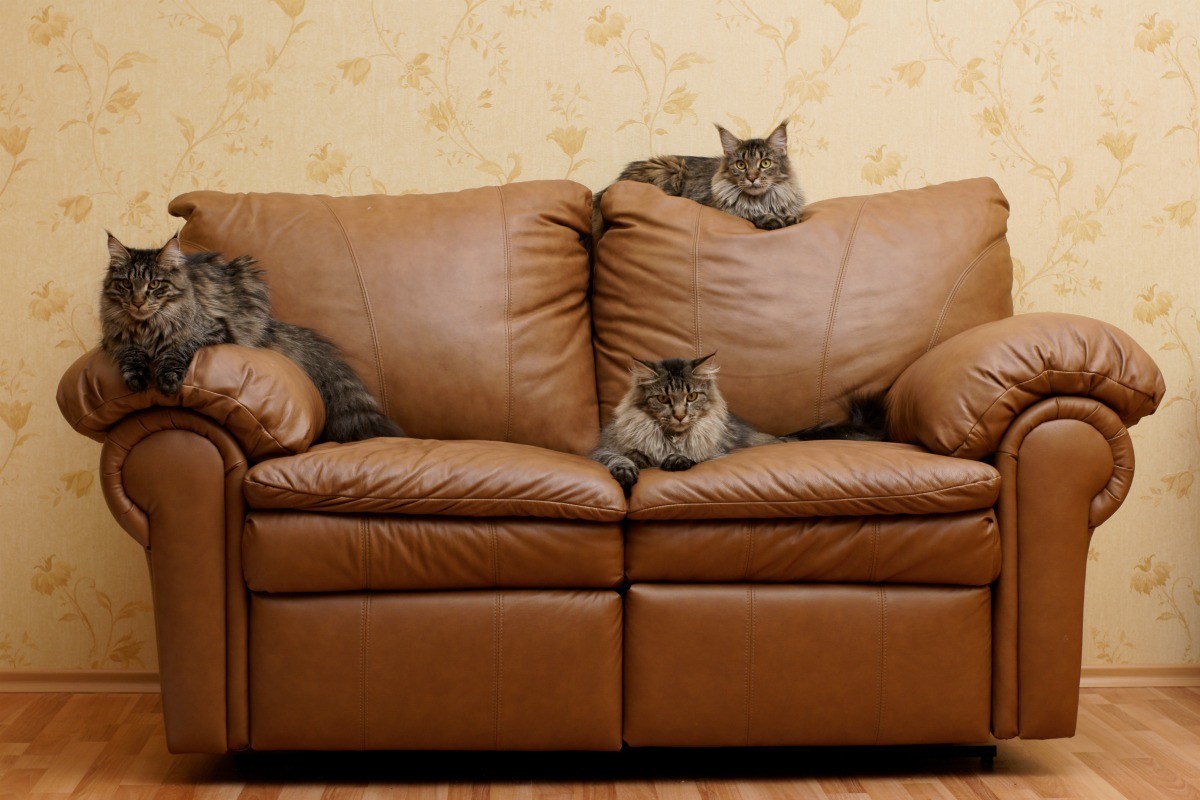
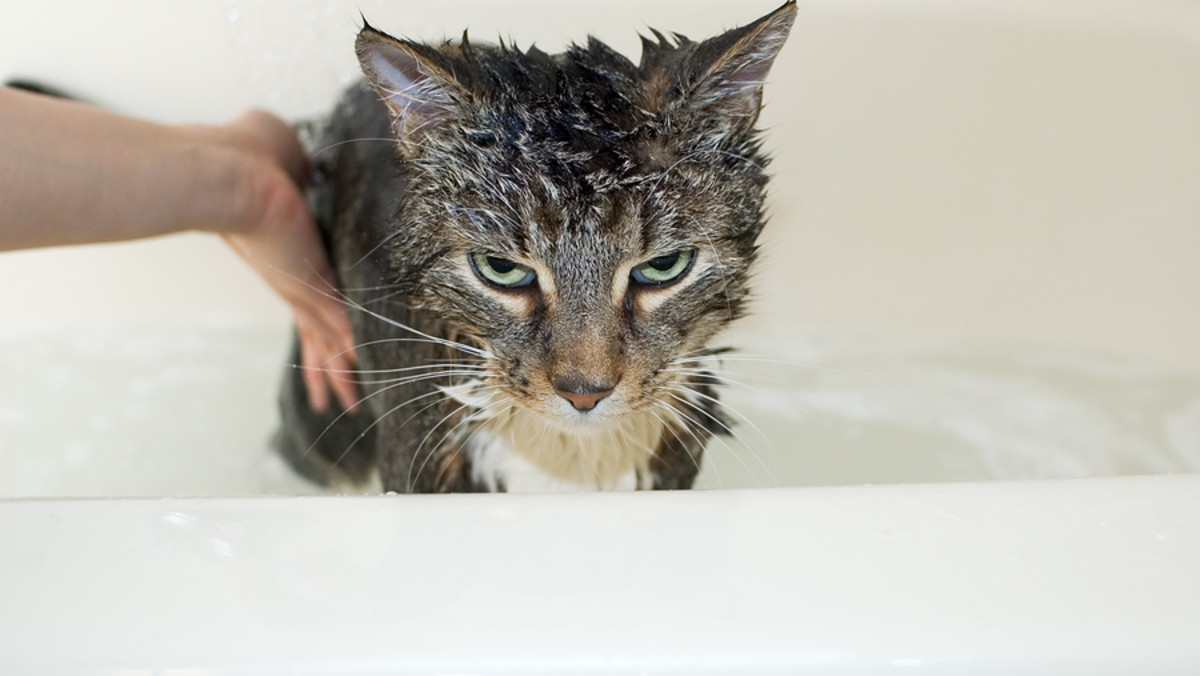
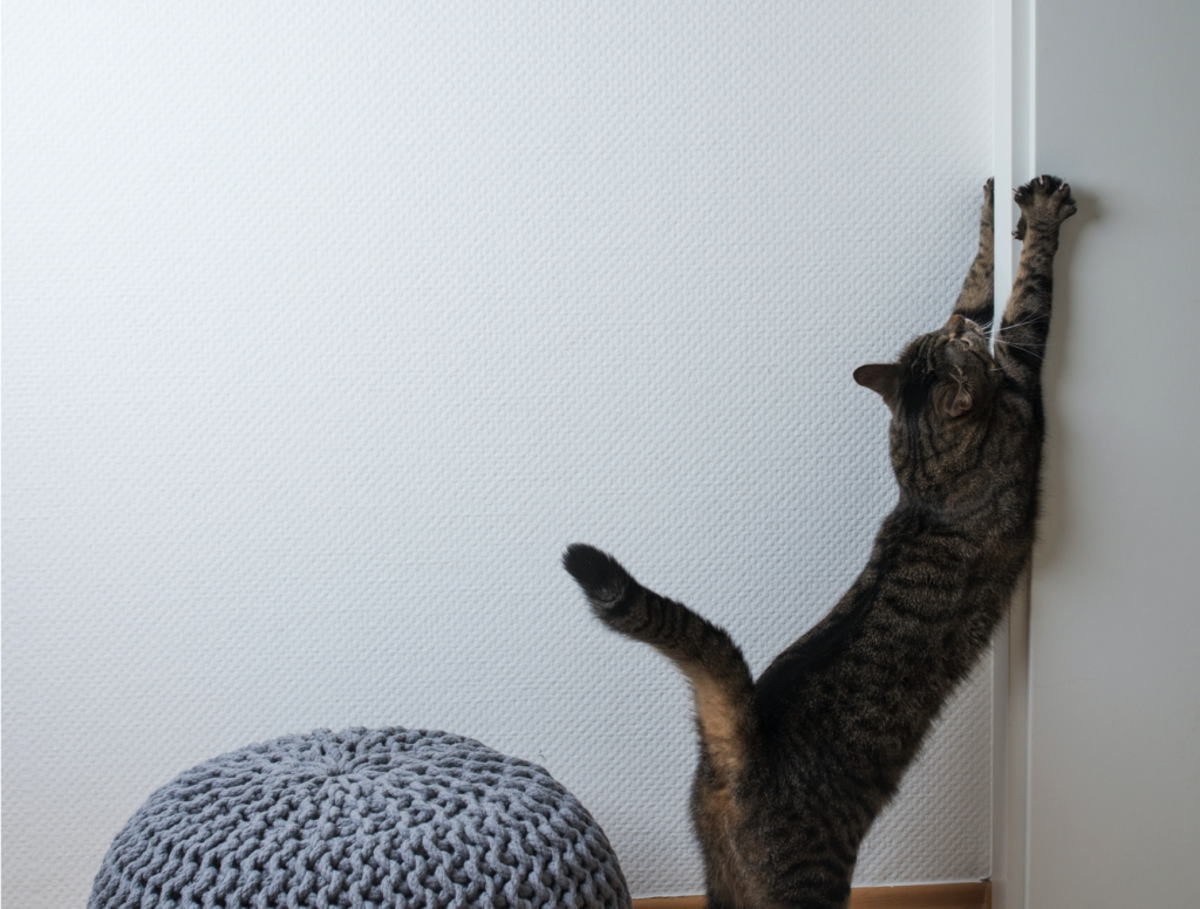
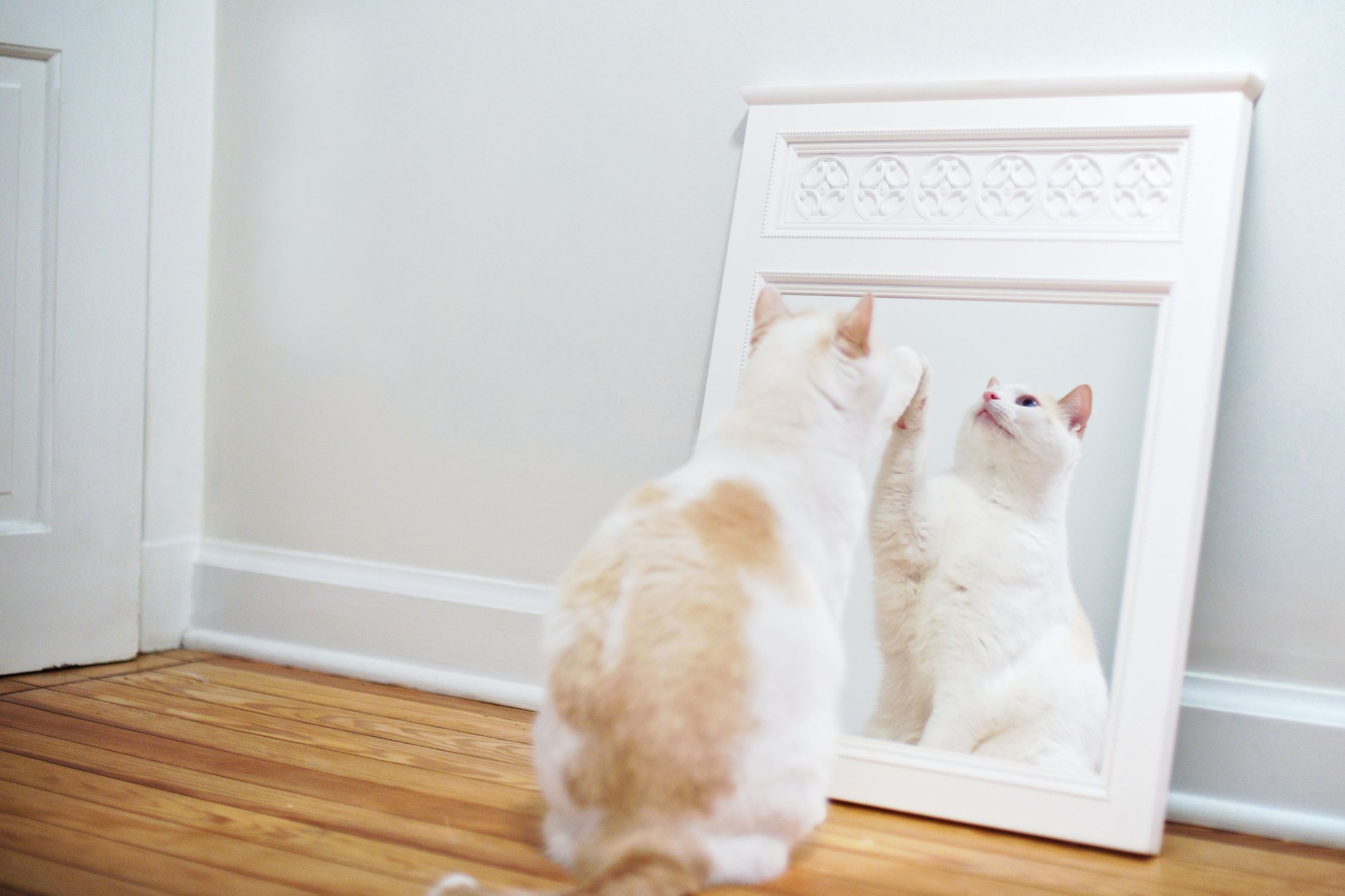
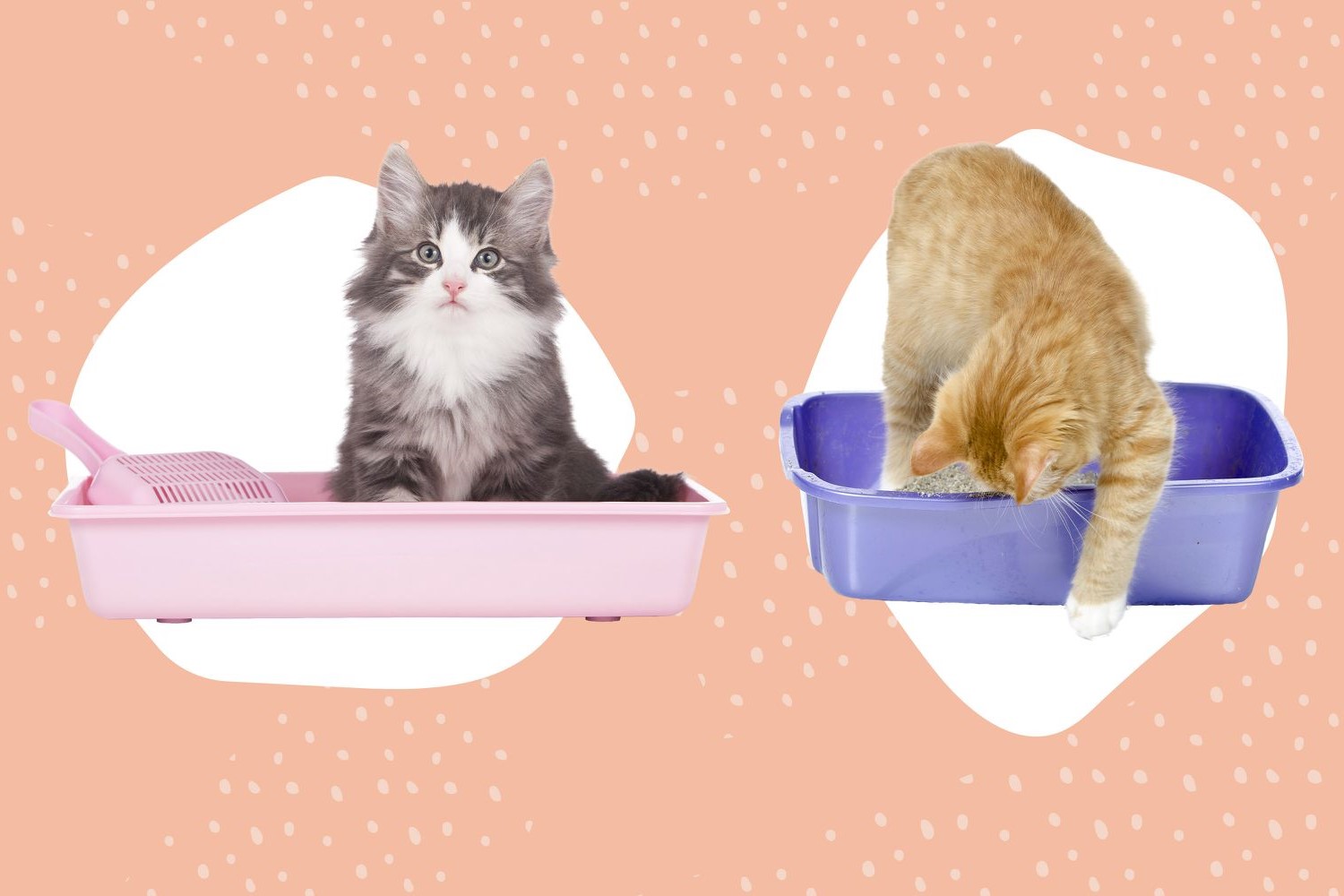
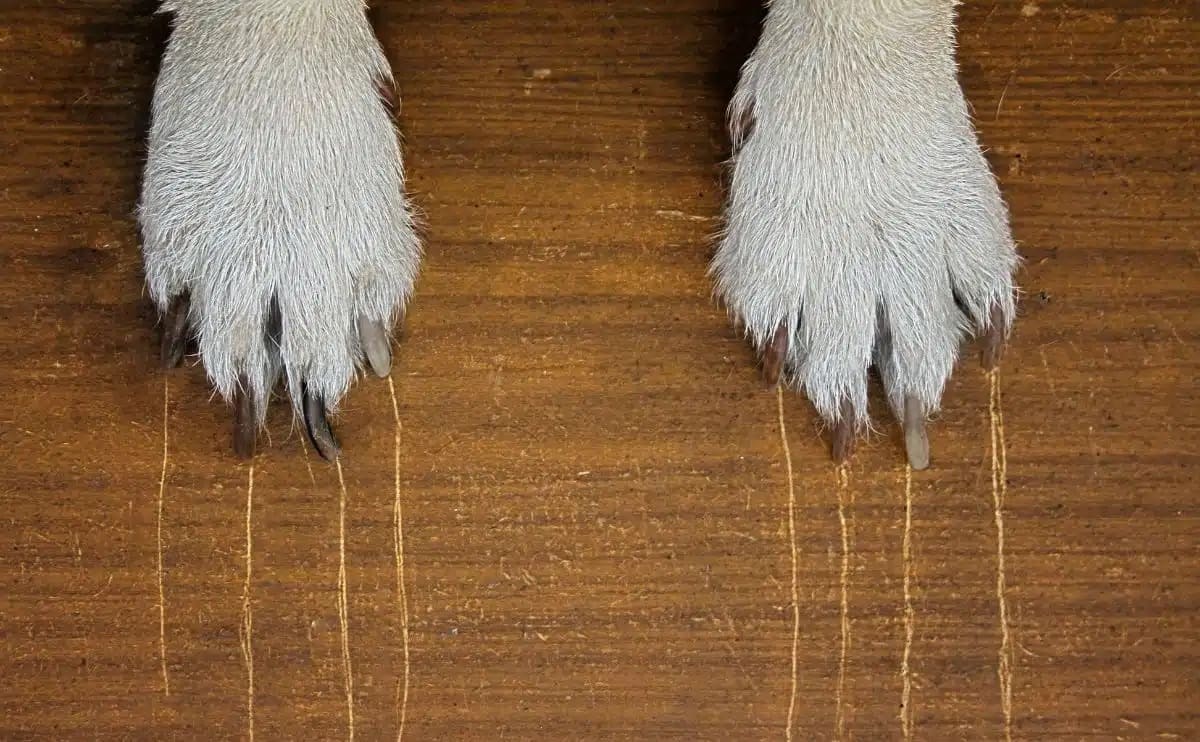

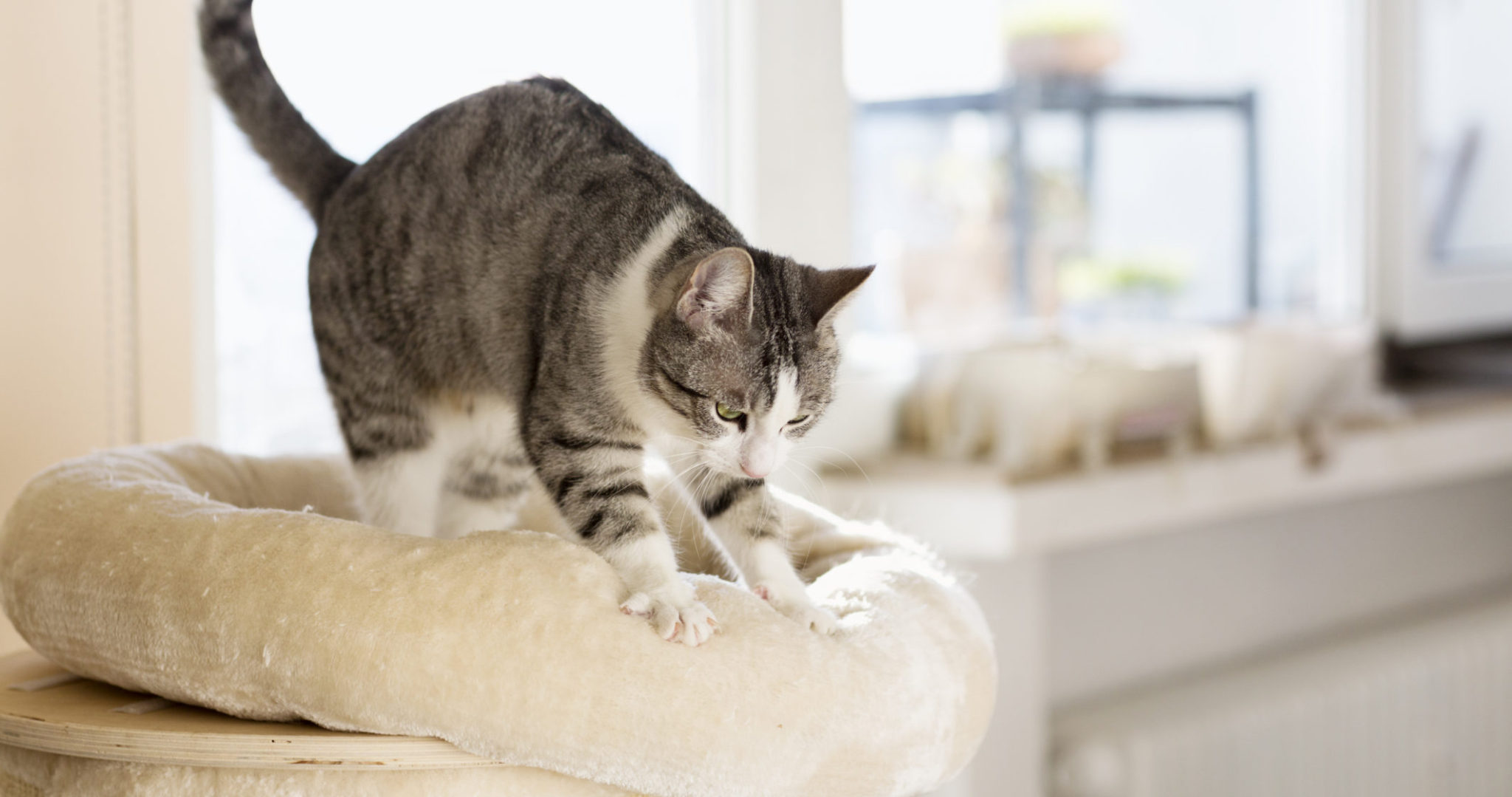
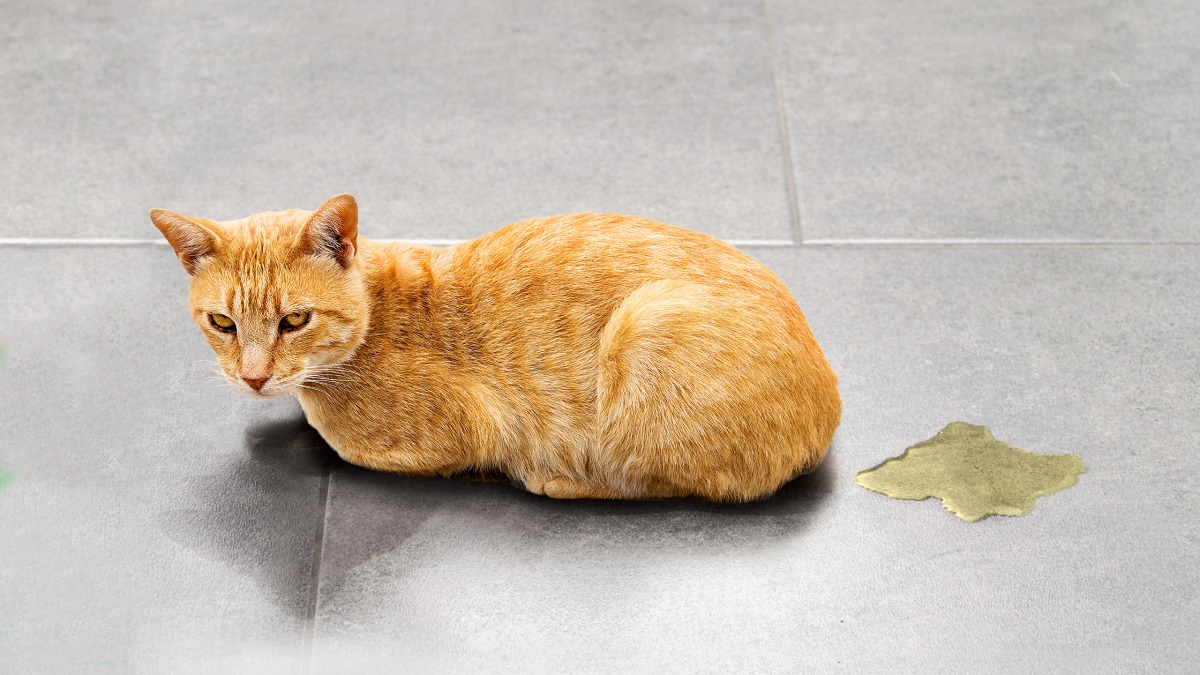

0 thoughts on “Why Do Cats Scratch On Furniture”